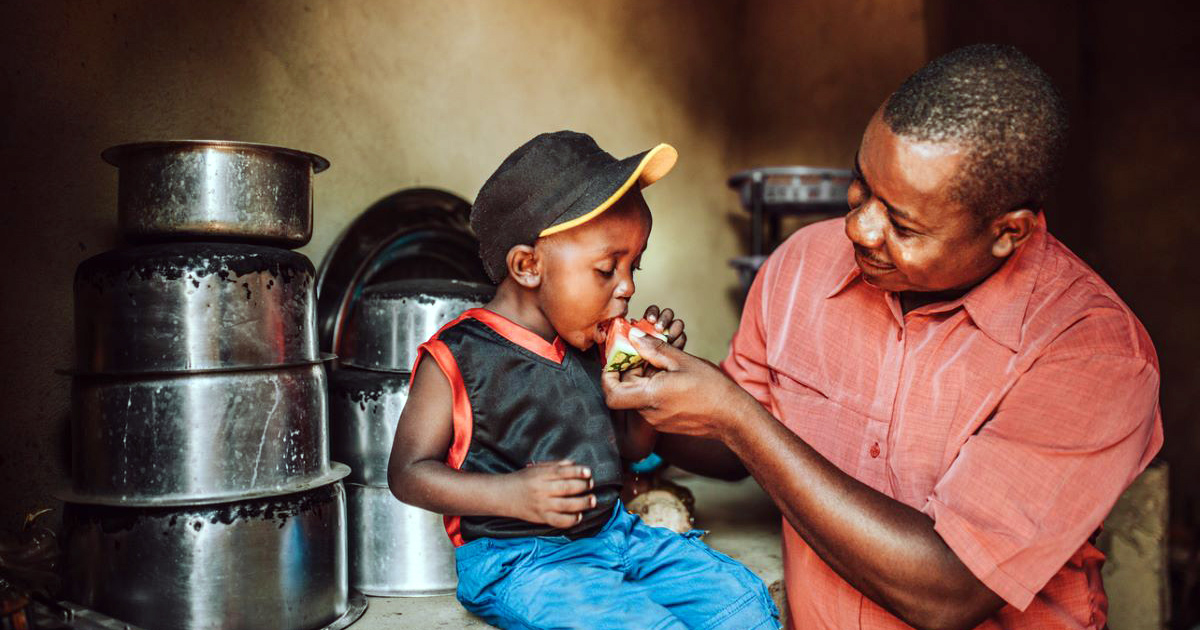Baseline Findings from the Ananya Evaluation
Download
Associated Project
Bihar, India: Measurement Learning and Evaluation for the Family Health Initiative
Prepared for:
Bill & Melinda Gates Foundation

The Ananya program (ananya is a Sanskrit word meaning “unique” or “unlike others”) was created by the Bill & Melinda Gates Foundation (the foundation) to address some of the important family health challenges in Bihar, one of India’s most populous and poorest states. Ananya started as a five-year program (2011–2015) with the long-term goals of reducing maternal, newborn, and child mortality; fertility; and undernutrition rates in Bihar. To achieve these goals, the foundation is funding a synergistic set of complementary grants focused on improving the reach, coverage, and quality of family health services in two main areas: (1) essential reproductive, maternal, newborn, and child health services and (2) diagnosis and treatment of infectious diseases, including pneumonia, diarrhea, tuberculosis, and visceral leishmaniasis. Since its inception, the program has also expanded to include additional interventions that focus on improving sanitation in Bihar and on strengthening the system for health payments, including health-related incentives for households and incentives and payments for frontline health workers. Together, these grants address a range of barriers to improving family health outcomes through interventions at the household, community, and health facility and provider levels (see Table 1). Many of these interventions were implemented initially in eight focus districts during the first two years of the program (2011–2012), and some interventions will be scaled up to the remaining 30 districts in Bihar during the remaining years (2013–2016 or 2017).
How do you apply evidence?
Take our quick four-question survey to help us curate evidence and insights that serve you.
Take our survey
